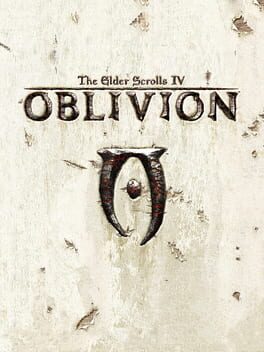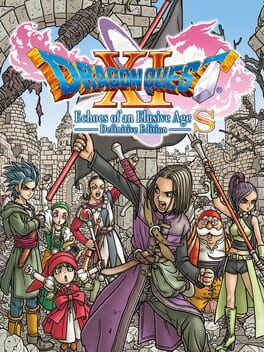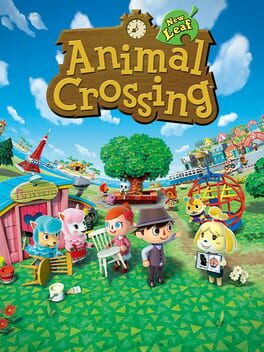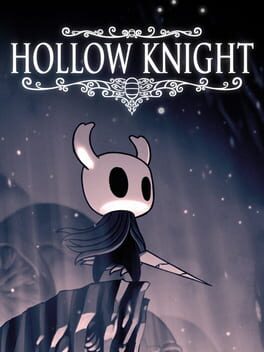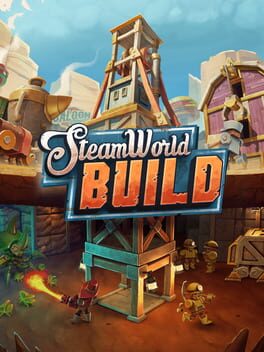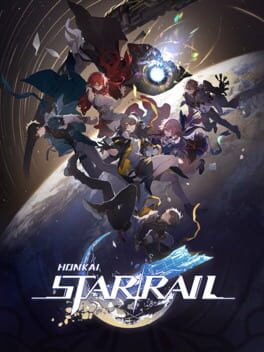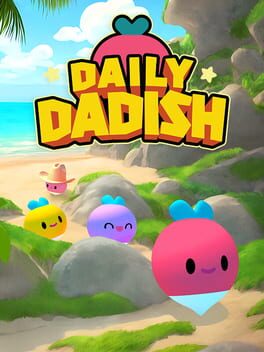brendonbigley
BACKER
Bio
cohost of into the aether, a low key video game podcast. i work at marvel.
cohost of into the aether, a low key video game podcast. i work at marvel.
Badges

Well Written
Gained 10+ likes on a single review

GOTY '23
Participated in the 2023 Game of the Year Event

Roadtrip
Voted for at least 3 features on the roadmap

Best Friends
Become mutual friends with at least 3 others

GOTY '22
Participated in the 2022 Game of the Year Event

2 Years of Service
Being part of the Backloggd community for 2 years

Organized
Created a list folder with 5+ lists

Listed
Created 10+ public lists

Famous
Gained 100+ followers

Liked
Gained 10+ total review likes

Trend Setter
Gained 50+ followers

Popular
Gained 15+ followers

Noticed
Gained 3+ followers

Epic Gamer
Played 1000+ games

Elite Gamer
Played 500+ games

Gamer
Played 250+ games

N00b
Played 100+ games
Favorite Games
1679
Total Games Played
000
Played in 2024
063
Games Backloggd
Recently Reviewed See More
The entire SteamWorld franchise is one big flex. Almost every game dabbles in a new genre, bending and contorting it to fit the western robot-punk, vaguely post-apocalyptic aesthetic — but bringing with it some quality of life changes or spins on well-trodden formulas that feel completely unique. It’s never quite as simple as just slapping robots into a game you’ve already played before.
SteamWorld Build plants a flag in the ground of the land of city-builders with the lovely added depth of allowing players to burrow into the caverns beneath to extract the valuable elements and resources needed to continue expanding your soon-to-be metropolis. This feels in the moment like you’re playing multiple games simultaneously: Build your city until the balance of resources starts to skew into the red, then tunnel into the cavernous maw beneath to find new veins of ore to mine. Eventually, you’ll have cleared out as much of the underground as possible which sends you back up to the city to expand its reach and the inhabitants who live there as some will invent new tech for your mine shaft.
In this way, Build creates an impossibly sticky loop. Every action is rewarding, and every action feeds into another future action. As your city and mining operations each grow, they grow the possibility-space one plays within until you find yourself red-eyed and hunched, hungry and unclear of the time. Eventually you’ll need to just smash the eject button and go to bed.
SteamWorld Build plants a flag in the ground of the land of city-builders with the lovely added depth of allowing players to burrow into the caverns beneath to extract the valuable elements and resources needed to continue expanding your soon-to-be metropolis. This feels in the moment like you’re playing multiple games simultaneously: Build your city until the balance of resources starts to skew into the red, then tunnel into the cavernous maw beneath to find new veins of ore to mine. Eventually, you’ll have cleared out as much of the underground as possible which sends you back up to the city to expand its reach and the inhabitants who live there as some will invent new tech for your mine shaft.
In this way, Build creates an impossibly sticky loop. Every action is rewarding, and every action feeds into another future action. As your city and mining operations each grow, they grow the possibility-space one plays within until you find yourself red-eyed and hunched, hungry and unclear of the time. Eventually you’ll need to just smash the eject button and go to bed.
I’ve always admired Genshin Impact from afar. A truly-AAA single player open world game that was also free to play feels right up my alley as a curiosity I wouldn’t be able to help but sink hundreds of hours into. Luckily, something about my chemical makeup prevented Genshin from swallowing me whole. But the announcement of Honkai: Star Rail — or “what if Genshin Impact was turn-based” — fucked me up. Over the years, I’ve become a real freak for turn-based combat, and my first few hours with HSR felt like miHoYo finally getting my number. But the most curious thing started happening every time I sat down to play: I kept falling asleep.
To be clear: This is a compliment.
HSR joins a very small selection of games whose vibes and world are so beautiful that I can’t help but get lulled into a deep slumber just by playing. And that’s why the game is so low on this list: I have probably only played five to ten hours, but it’s helped me sleep deeply and for that I will admire it from afar like Genshin before it.
To be clear: This is a compliment.
HSR joins a very small selection of games whose vibes and world are so beautiful that I can’t help but get lulled into a deep slumber just by playing. And that’s why the game is so low on this list: I have probably only played five to ten hours, but it’s helped me sleep deeply and for that I will admire it from afar like Genshin before it.
I’ve been following Young’s work in the mobile space for a while now, starting with Fowlst — his chaotic take on Downwell — before moving into the Dadish family of games. Believe it or not, Dadish puts the player in control of a dad who is also a radish in a quest to save his extremely disobedient radish children from increasingly more difficult platforming challenges. Dadish has always been the gold standard of mobile platforming games, taking and running with the baton forged in the fires of Vlambeer’s Super Crate Box in 2010.
2023’s Daily Dadish features 365 levels, each only available for 24 hours and condensing the “just one more level” dopamine hit of the original trilogy into a score-chase joy that fits cleanly into anyone’s morning routine.
2023’s Daily Dadish features 365 levels, each only available for 24 hours and condensing the “just one more level” dopamine hit of the original trilogy into a score-chase joy that fits cleanly into anyone’s morning routine.

